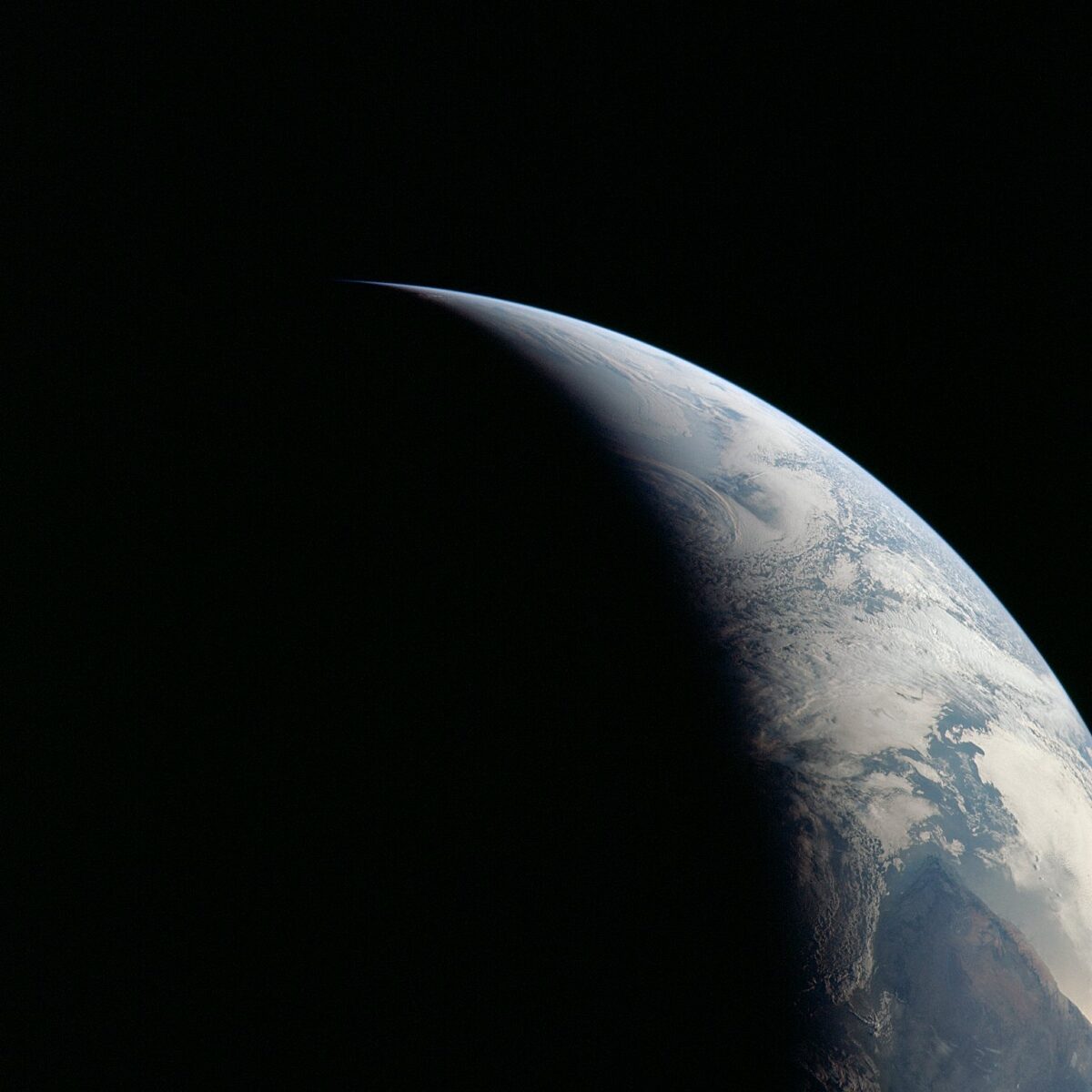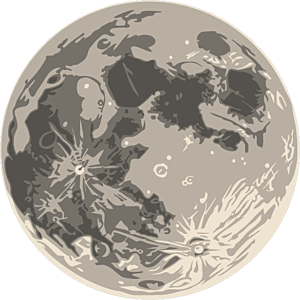The Downlink • Aug 11, 2023
Hasta la vista, baby
You love space, now take action
This weekly newsletter is your toolkit to learn more about space, share information with your friends and family, and take direct action to support exploration. Anyone can subscribe at planetary.org/connect to receive it as a weekly email.
Mission Briefings


Perseverance and Ingenuity are still hard at work on Mars. The Ingenuity helicopter took its 54th flight this week, snapping this image of the Perseverance rover from the air. Although Ingenuity usually takes to the air to act as a scout for the rover, this flight was designed to test the spacecraft’s systems after an unexpected interruption to its previous flight. Image credit: NASA/JPL-Caltech.

Registration is open for International Observe the Moon Night. Taking place on Saturday, Oct. 21, this NASA-led event invites people around the world to plan public observing events, host lunar celebrations, or simply observe the Moon on their own. Register to add your event (or yourself!) to NASA's global map of lunar observers.

The first crewed Starliner flight has been delayed. Boeing’s commercial crew vehicle, which is designed to dock with the International Space Station, has had its first crewed flight postponed to no earlier than March 2024. The delay has been attributed to issues with the spacecraft’s parachutes and wiring.
From The Planetary Society


What happens at the terminator of a tidally locked planet? The answer might be life. Exoplanet researchers have identified terminator zones — the day-night divide on planets that show the same face to their star at all times — as potential targets in the search for life beyond our Solar System. Learn more about what makes these areas potentially conducive to life as we know it. Pictured: An artist's concept of exoplanets around a red dwarf star. Image credit: NASA/JPL.

We’ve been to Mars, and we’ll be back. In one proposed mission, we’ll return to Mars to drill below the surface and look for signs of microbial life. Amy Williams joins this week’s Planetary Radio to talk about Mars Life Explorer, which is one of the planetary science community’s top priority missions.
The future of space exploration has not been written

If you want to see more missions explore the worlds of our Solar System, it’s more important than ever to speak up for space. Anyone who lives in the United States can join our annual Day of Action in Washington, D.C. on Sept. 17 and 18, 2023. We’ll train you as an advocate and arrange for you to meet with your representatives in Congress to urge them to fund the future of space science and exploration.
What's Up

The Perseid meteor shower is happening this week, peaking overnight between Aug. 12-13. The Perseids are one of the best showers of the year, and will be especially spectacular this year since the crescent Moon won’t be in the sky until just before dawn. While you’re out meteor-spotting, look for yellowish Saturn with bright Jupiter lower in the sky. Find out what else to find in August’s night skies.
Wow of the Week

Planetary Society member Ron Davison created this artistic depiction of a view from the surface of the moon Ganymede. In the distance you can see the Sun rising over Jupiter, whose terminator is just barely visible. Ron is also a member of the International Association of Astronomical Artists. Image credit: Ron Davison.
Send us your artwork!
We love to feature space artwork in the Downlink. If you create any kind of space-related art, we invite you to send it to us by replying to any Downlink email or writing to [email protected]. Please let us know in your email if you’re a Planetary Society member!


 Explore Worlds
Explore Worlds Find Life
Find Life Defend Earth
Defend Earth



